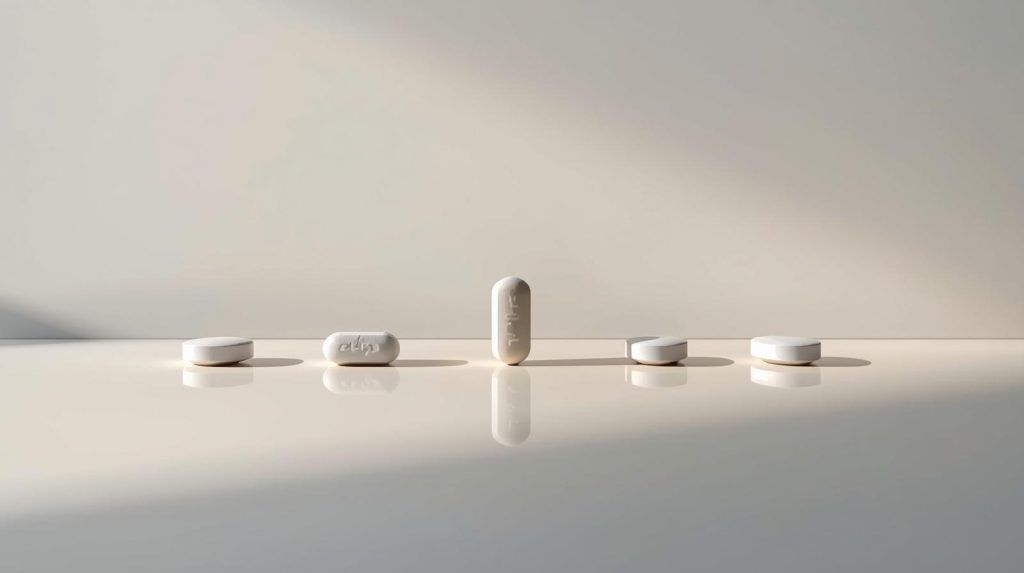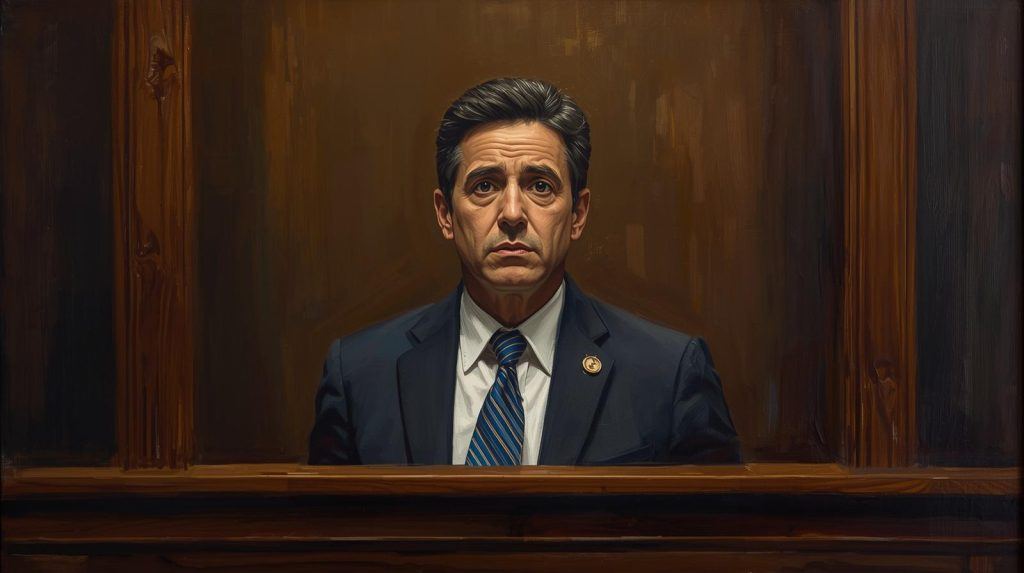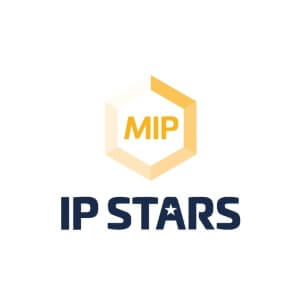A recent decision of Justice Burley in the Federal Court of Australia[1] has shone a light on the requirement of a patentee to disclose the best method of implementing his/her/its invention.
In Australia[2], as in New Zealand[3], it is a requirement for the valid grant of patent rights that the patentee discloses “the best method known to the applicant of performing the invention”.[4]
The philosophical basis for a statutory requirement to disclose the best method was discussed in Les Laboratories Servier v Apotex Pty Ltd [5] where the Full Federal Court stated that the “best method” requirement puts an obligation on an inventor to disclose a method which “at the time of filing the complete patent application” has “taken the methodology to a more satisfactory stage or provides more certainty so that the public may more quickly and easily utilise the invention for which a monopoly is granted”.
Thus, the best method requirement imports obligations of good faith on the applicant to fulfill his or her side of the social contract which underlies the grant of monopoly rights in return for disclosing the invention to the public and increasing the pool of public knowledge. An applicant should not get the benefit of that monopoly without giving the public the consideration of the best method of performing the invention.[6]
However, there is no requirement for the specification to include the superlative “best method”. It is sufficient that the applicant has included the best method of working the invention known to him or her at the relevant time. The best method of performance also need not necessarily be a specific example of the invention[7]. Where there are sufficient instructions for the skilled worker to put the claimed invention into effect, the best method requirement will generally be met.[8]
IP Australia’s Patent Examiner’s Manual confirms (at [5.6.7.5]):
The Manual does however specifically observe the limitations of the examination process in assessing disclosure of the best method:
So, acceptance by IP Australia (or, in New Zealand, IPONZ) of satisfaction of the statutory requirement is only prima facie proof that the requirement has actually been met, and is subject to rebuttal by evidence the patentee actually knew of and failed to disclose a better method of putting the claimed invention into practice.
In Les Laboratoires Servier v Apotex Pty Ltd[9], the Full Federal Court applied a five-stage analysis for determining whether the best method had been disclosed, as follows:
(i) The method the patentee failed to disclose is a method of performing the invention;
(ii) The method is in fact a better method of performing the invention than the method disclosed in the specification;
(iii) The method was known to the patentee at the time of filing;
(iv) The method is not disclosed in the specification; and
(v) The patentee knew that the method was better than the method described in the specification.
Notably the third and fifth stages of that analysis are subjective enquiries focusing on the patentee’s actual knowledge.
It perhaps should not come as a surprise then that in Pfizer Ireland Pharmaceuticals v Samsung Bioepis AU Pty Ltd (No.4)[10]an application for particular discovery for documents held by the patentee going to the issue of best method was granted by Justice Burley. Pfizer’s patent concerns a biological medicine useful in the treatment of autoimmune diseases. Its patent includes 17 examples of which Example 16 is said to be the culmination of research and experiments in Examples 1-15. However, according to Samsung, Example 16 is deficient in a number of ways including that it omits information which may be inferred to have been known to Pfizer at the time of filing the patent application. Discovery was sought to prove whether the omissions from the Example were known to Pfizer.
Pfizer resisted the application as a fishing exercise but also filed evidence from one of the co-inventors to the effect that “Examples 1-17 collectively describe in great detail, how the inventive medium characteristics and culture conditions were developed, what the important variables are and in particular…which media characteristics are particularly preferable…” Justice Burley considered that evidence supported the application since it appeared to his Honour that it confirmed Pfizer agrees Example 16 by itself doesn’t disclose the best method of performing the invention but says that the relevant information can be gleaned from the specification as a whole. Accordingly, discovery was granted.
Pfizer’s defense seems to elide sufficiency with best method. While the best method requirement ostensibly falls under the head of sufficiency, it is in fact an additional obligation on the applicant. Hence, it is possible that an invention could be sufficiently explained in a specification to enable to skilled person to put the invention into effect, yet the specification could still be invalid because the applicant did not disclose the best method for doing so.[11]
In Les Laboratoires Servier v Apotex Pty Ltd, the Full Federal Court ruled that Les Laboratoires Servier (Servier) had not disclosed the best method. Servier argued that two alternative methods it was found as a matter of fact to have devised (but not to have disclosed in the patent) did not constitute a better method because there was no evidence that the method disclosed in the specification would have achieved a worse result.[12] The Court acknowledged this but said that what Servier had done was disclose a general methodology, or an “umbrella” method, rather than a specific method. If Servier had disclosed the two methods, which it knew about at the time, it would have saved the skilled addressee time pursuing possible dead ends and false starts in deciding which of the general methods would work best.[13]
The description of Servier’s disclosure as an “umbrella” method resonates with Pfizer’s evidence above and suggests that Pfizer may well befall a similar fate if discovery reveals its understanding of a better method than that disclosed in Example 16.
[1] https://www.austlii.edu.au/cgi-bin/viewdoc/au/cases/cth/FCA/2024/678.html?context=1;query=patent%20not%20patently;mask_path=au/cases/cth/FCA
[2] Section 40(2)(aa) Patents Act 1990
[3] Section 39(1)(b) Patents Act 2013
[4] The wording comes from the Australian legislation but is essentially the same in New Zealand.
[5] Les Laboratoires Servier v Apotex Pty Ltd [2016] FCAFC 27, (2016) 247 FCR 61, 117 IPR 415 at [64]
[6] Les Laboratories Servier at [88]; Rescare Ltd v Anaesthetic Supplies Pty Ltd (1992) 25 IPR 119 (FCA)
[7] Dr Wolman GmbH v Hickson International PLC P14/1997, 9 April 1997.
[8] Les Laboratoires Servier v Apotex Pty Ltd [2016] FCAFC 27, (2016) 247 FCR 61, 117 IPR 415.
[9] Les Laboratoires Servier v Apotex Pty Ltd at [99].
[10] Pfizer Ireland Pharmaceuticals v Samsung Bioepis AU Pty Ltd (No.4) [2024] FCA 678 (18 June 2024)
[11] Les Laboratoires Servier at [108]–[110].
[12] Les Laboratoires Servier at [152].
[13] Les Laboratoires Servier at [173].










